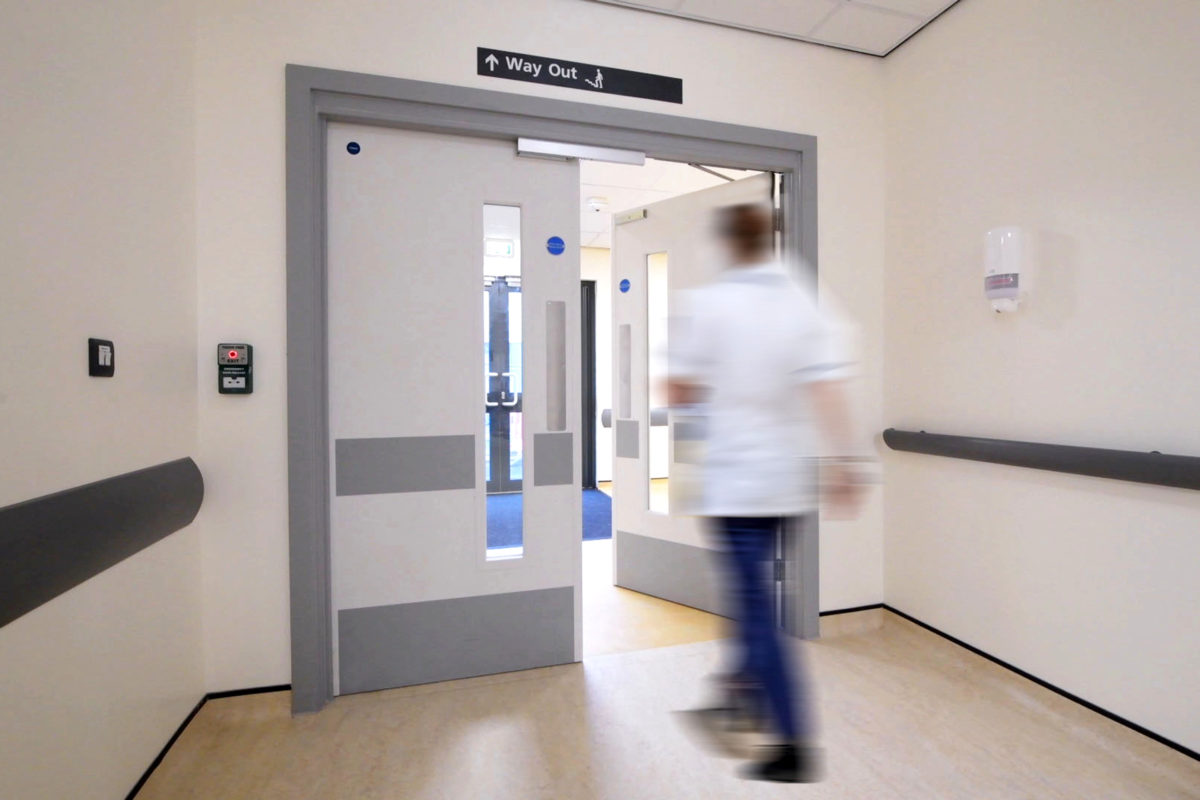There have been many news reports in recent days regarding the fact that the Metropolitan Police have commissioned a fire test on a door assembly from within Grenfell Tower.
Our trade organisation, ASDMA are actively seeking more information to enable us to understand this further but as this may take some time, we would like to issue the following advice to reassure customers.
Fire safety will always be of paramount importance to us, which is why our fire door assemblies are third-party certified under the Q-Mark Fire Door Manufacturer Scheme and fully tested in UKAS certified laboratories.
The Q-Mark Fire Door Manufacturer Scheme has been designed to allow fire door manufacturers to demonstrate that their doors meet the standards required, and to provide ongoing reassurance that their product is fit for purpose.
Claims made regarding fire doors should never be taken at face value and should always be validated with the manufacturer, to ensure lives and property are never put at risk.
Fire Door Safety Checks
If in doubt, please follow this simple fire door safety check guide taken from advice given during Fire Door Safety Week to stay safe:
- Check for certification Ask your manufacturer for their Q-Mark, Certifire or similar certificate, is there a label or plug on the door to show it is a certified fire door?
- Check the fire door gaps Check the gaps around the top and sides of the door are consistently less than 4mm when closed (but not less than 2mm). For fire purposes, no gap greater than 10mm is permitted from the underside of the door to the finished floor level and where smoke control is required then no gap greater than 3mm from under the door to the finished floor level is permitted. (This can be achieved by the use of drop down seals, thresholds or 4 sided frames where 3mm may be difficult to achieve). As a rule of thumb, if you can see light under the door, the gap is likely to be too big. It’s good news if the door fits the frame and it’s not damaged. If not, report it. If the gaps are too big smoke and fire could travel through the cracks.
- Check the fire door seals Are there any intumescent seals around the door or frame, and are they intact with no sign of damage? These seals are usually vital to the fire door’s performance, expanding if in contact with heat to ensure fire (and in some cases smoke) can’t move through the cracks. If not, report it – the door may not be properly maintained and in the intensity of a fire may not protect you long enough.
- Check the fire door hinges Are the hinges firmly fixed (three or more of them), with no missing or broken screws? If you see problems, report it as if the door is not properly maintained in the intensity of a fire it may not perform and hold back the fire for long enough.
- Check the fire door closes properly Open the door about halfway, let go and allow it to close by itself. Does it close firmly onto the latch without sticking on the floor or the frame? If not, report it. A fire door only works when it’s closed. A fire door is completely useless if it’s wedged open or can’t close fully.
As well as being correctly manufactured, fire doors must also be installed correctly and regularly maintained and only the combination of these three areas will ensure your fire door is fit for purpose.
In response to the Grenfell Tower incident, the Government’s Ministry of Housing, Communities and Local Government (MHCLG) requested that UK fire door manufacturers have their products tested. To read more about the MHCLG’s timber fire door tests, click here.






